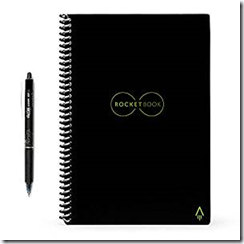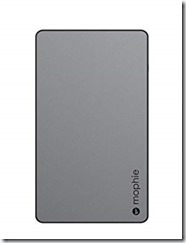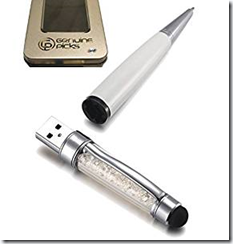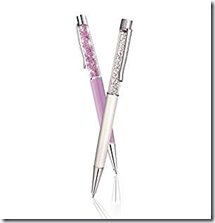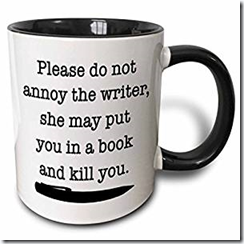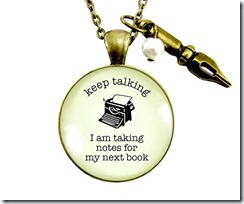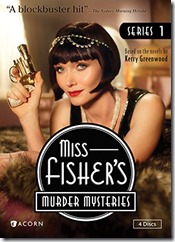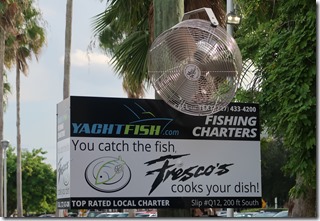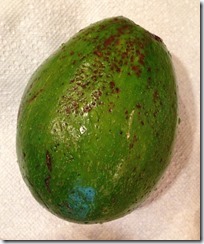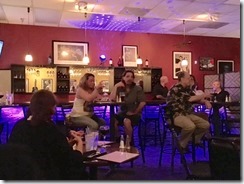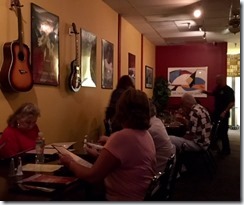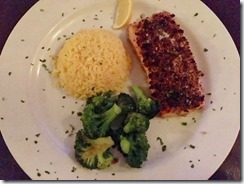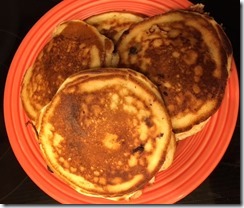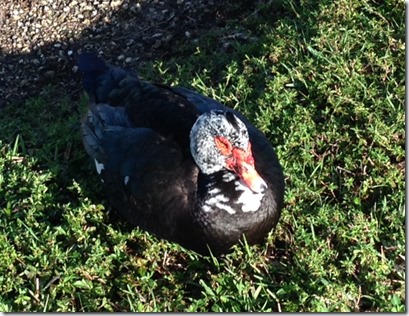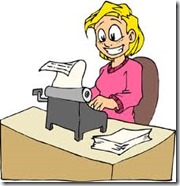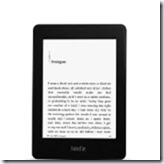What should you buy for the busy writer on your gift list? You can be imaginative or be simple. Whatever you give will be appreciated. I’ve come across some fun ideas below to share with you if you’re in a quandary about what to get the writer in your life. Put these in your holiday gift bags and make someone happy.
Gift cards are always an option, but which ones in particular may appeal to an author? Let’s take a look and start going down the list.
1. A gift card to Amazon or Barnes and Noble or your local independent bookstore.
2. A gift card to Starbucks if they like coffee or tea.
3. A gift card to a favorite restaurant so your writer can save time in meal preparation.
4. A gift certificate to a day spa to reward a long day spent at the keyboard.
5. Office Supplies are always useful, such as sticky notes, highlighters, paper clips, notepads, mailing envelopes. You name it, we can use it. Here are some ideas to jumpstart the imagination:
6. Journals are handy for notes at conferences or for scribbling down our ideas for plot or characters. Go old-fashioned or modern with these choices:
7. Desktop or wall clocks help tell us when we need to get out of the chair and take a break.
8. USB flash drive to store important files, or a portable charging device like this Mophie that’s handy in a power blackout. Or how about a pen/flash drive combo?
9. Coffee, tea, chocolate, and other food items are always welcome. Find out what your writer pal favors for snacks and beverages and make sure there’s a handy supply available.
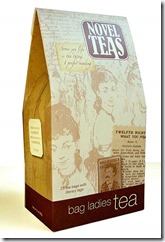
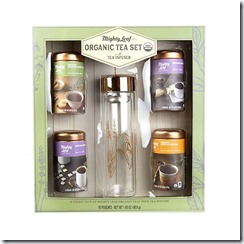

10. Body lotions, hand cream, and scented soaps are always helpful to induce relaxation.
11. Stylish pens are a well-appreciated gift as are pens for booksignings. We can never have enough.
12. A decorative case for a pen collection may come in handy.
13. Mugs come with cute remarks for writers.
14. Decorative coasters can protect our desk from mugs holding our favorite beverage.
15. Jewelry can make a statement about who we are to the reading public.
16. Inspirational Gifts such as this Storymatic activity box and Writer’s Toolbox.
17. Tee shirts, pillows, or other clothing items for writers.
18. Movies. Look for films about writers or favorite genre films/TV shows.
Lastly, these intangible gifts might be appreciated more than any material goods.
19. Write a review of their latest book and post it online.
20. Give the gift of Time. Take over some chores so your writer can have more time to write.
What else would you add to this list?




